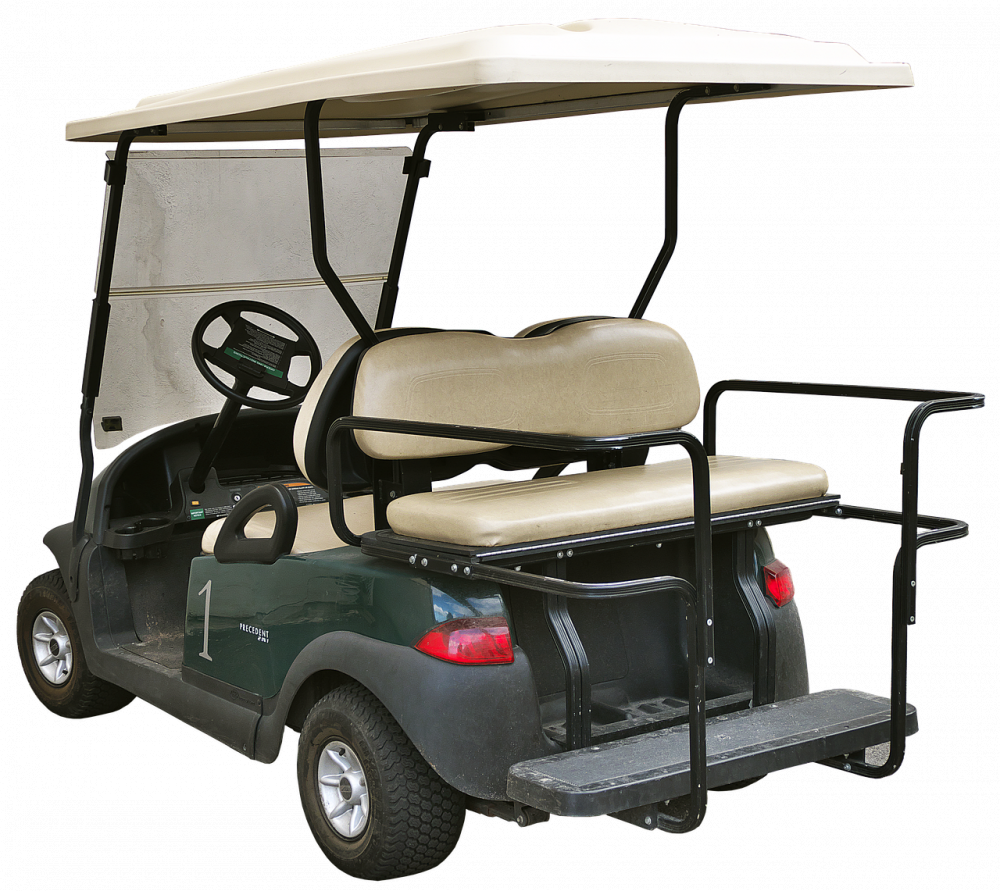Ford elbil: Navigating the World of Electric Vehicles

Ford Elbil – The Future of Automotive Technology
Introduction:

Ford is a leading car manufacturer that has been at the forefront of innovation in the industry for decades. In recent years, Ford has made significant strides in the electric vehicle (EV) market, revolutionizing the way we think about transportation. In this article, we will provide a comprehensive overview of Ford elbils, exploring their different types, popularity, and the quantitative measurements associated with them. Furthermore, we will discuss how various Ford elbils differ from one another and delve into the historical analysis of their advantages and disadvantages.
Understanding Ford Elbil
Ford elbil refers to Ford’s range of electric vehicles that run purely on electricity instead of traditional fossil fuels. These vehicles utilize advanced battery technology, offering a clean and sustainable mode of transportation. With the increasing concerns about global warming and air pollution, Ford elbils have gained immense popularity amongst environmentally-conscious consumers.
Different Types of Ford Elbil
Ford offers a wide array of electric vehicles to cater to the diverse needs and preferences of consumers. Some popular Ford elbil models include:
1. Ford Mustang Mach-E: Combining the iconic Mustang heritage with advanced electric technology, the Mustang Mach-E offers exhilarating performance and a range of up to 300 miles. It appeals to car enthusiasts seeking the thrill of sports cars in an electric package.
2. Ford F-150 Electric: The electrified version of America’s best-selling truck is designed to deliver exceptional power and capability while eliminating tailpipe emissions. This electric truck aims to revolutionize the commercial vehicle segment.
Quantitative Measurements and Performance
When considering Ford elbils, several quantitative measurements are crucial to understand their performance and efficiency. These include:
1. Range: One of the primary concerns for potential EV owners is the range they can achieve on a single charge. Ford elbils, like the Mustang Mach-E, have a range of up to 300 miles, ensuring ample coverage for daily commutes and long-distance travel.
2. Charging Time: Ford elbils come equipped with fast-charging capabilities, allowing for quicker charging times. Depending on the model and charger used, charging times can range from 30 minutes to several hours.
3. Acceleration: Electric vehicles are known for their impressive acceleration due to instantaneous torque. Ford elbils, such as the Mustang Mach-E, offer rapid acceleration, delivering a thrilling driving experience without compromising on efficiency.
Exploring Differences Among Ford Elbils
Although all Ford elbils share the common goal of emission-free driving, there are key differences among the models. These differences can be categorized into aspects such as design, performance, and target market. For example, the Mustang Mach-E appeals to sports car enthusiasts seeking performance, while the F-150 Electric targets those in need of a powerful electric truck for commercial purposes.
Historical Analysis of Advantages and Disadvantages
Over the years, Ford elbils have evolved, and with each iteration, they have brought both advantages and disadvantages. Some advantages include:
1. Environmental Benefits: Ford elbils contribute to reducing greenhouse gas emissions, helping combat climate change and improve air quality.
2. Lower Operating Costs: Electric vehicles require less maintenance and have lower fuel costs compared to traditional vehicles. Additionally, incentives and tax credits may be available for EV owners.
Despite these advantages, Ford elbils have faced challenges, including:
1. Limited Charging Infrastructure: A potential hurdle for EV adoption is the availability of charging infrastructure. Although efforts are being made to expand charging stations, range anxiety may persist until charging infrastructure becomes more widespread.
2. Longer Refueling Time: Compared to refueling a gasoline vehicle, charging an electric vehicle takes longer, especially for slower chargers. However, advancements in fast-charging technology are continuously improving charging times.
Conclusion
Ford elbils are a significant step towards a greener and more sustainable future in the automotive industry. This article has provided a comprehensive overview of Ford elbils, their types, popularity, quantitative measurements, differences, and historical analysis of advantages and disadvantages. By understanding these aspects, automotive enthusiasts can make informed decisions when considering a Ford elbil as their next vehicle, contributing to a cleaner environment and a brighter future.





